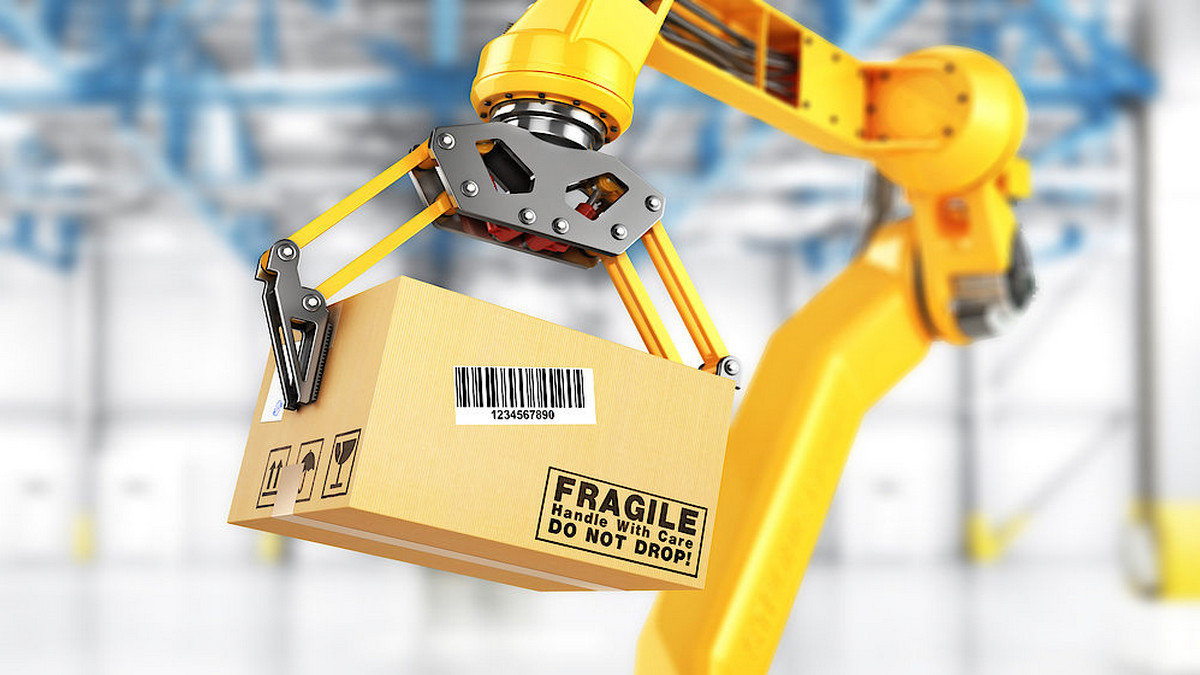E-commerce has taken the retail industry by storm and is expected to continue to grow in the coming years. At the same time, consumer spending habits change, as well as changes in the way suppliers and manufacturers respond to this growth. The rise of e-commerce in particular is changing the way warehouses are designed and operated.
The Development and Current Situation of the Warehousing Industry:
The pandemic has forced digital consumers to change their shopping habits. Many people spend money on necessities, causing e-commerce and brick-and-mortar retail stores to run out of stock. They disrupt predictable patterns and move to new stores, avenues, and product lines to shop.
Companies that adopt FIFO in warehousing have delayed investment in the digitalization of many warehouses due to the epidemic because most companies are currently focusing on free cash flow and delaying non-essential investments. Businesses need more resilient and agile supply chains that can quickly adjust to individual and geographic needs, and this is where automated warehousing benefits. Digitalization will help companies become more resilient and resilient in the long term, so we will eventually invest in warehouse robots and digital systems to speed up picking in the post-pandemic era.
What is an Automated Warehousing System?
The automated storage system is an automated system composed of high-rise three-dimensional shelves, stackers, various types of forklifts, in-out storage systems, unmanned trucks, control systems, and peripheral equipment. Use automated warehousing systems to continuously check expired or stocked products, prevent bad stock, and improve management. The automated warehousing system can make full use of the storage space, realize the online control of the equipment through the computer, process the items quickly and accurately according to the principle of first-in, first-out, and carry out reasonable inventory management and data processing.
Products manufactured from production lines to customers must go through a series of warehousing and logistics procedures. In particular, traditional warehousing and logistics management usually have storage location information that cannot be obtained immediately, resulting in no goods being found, low efficiency in warehousing and picking operations, and manual operations. Negligence leads to inconsistencies in material accounts and the inability to grasp the logistics status of dispatched vehicles after shipment. In the face of complex warehousing and logistics operations. How to improve its correctness and processing efficiency has become one of the important issues of enterprise management.
How does E-commerce Create the future of Warehousing?
- Design warehouses for new technologies:
Traditional forms of warehouse management simply cannot keep up with the ever-changing retail environment. Consumers can view, compare and buy items faster than ever before. Consumers expect inexpensive yet blazingly fast handling, shipping, and handling. Warehouses have grown significantly in size over the years, as e-commerce requires businesses not only to store more merchandise but also to have additional space for technology and equipment to facilitate various high-speed processes. As warehouse management technology advances, many manufacturers are implementing automation as a service. To increase supply chain visibility, the Internet of Things (IoT) is facilitating better communication between supply chain partners.
- Automation:
The ability to automate a workforce that can run 24/7, never tire and get the job done nearly 100% of the time is invaluable. Advances in machine learning and related technologies have enabled the automation of conveyor belts, carriers, and pallets. Time-consuming tasks such as packaging, printing labels, and monitoring inventory can now be highly automated without human error.
- Strategic location:
Well-planned last-mile delivery and logistics are essential for any e-commerce business looking to ensure that its products are delivered quickly. To facilitate rapid delivery in such a competitive and saturated market, strategic warehouse locations are critical. Rather than finding perfectly priced real estate far from the most expensive parts of the country, e-commerce businesses are looking for infill locations to expedite delivery times. This is achieved by building warehouses in or near densely populated urban areas. Micro fulfillment centers can also reduce lead times. Rather than traditional large fulfillment centers, mini-warehouses are strategically placed around urban areas.
- 3PL partners:
The rise of e-commerce has also made managing logistics processes more complex. To simplify the process, many warehouses outsource logistics to 3PL specialists. This often reduces costs and simplifies process visibility. Additionally, Supply Chain as a Service (SCaaS) is becoming more and more popular.
- Pick:
Warehouses used to be able to ship large quantities of items to other businesses for sale. Today, however, that model has changed dramatically as new points of sale come to consumers in the form of phones, tablets, and other devices rather than brick-and-mortar stores. For warehouse management, this means purchasing trends are harder to predict, and warehouse managers must now stock more items to choose from. In addition, employees and robots working in warehouses must be able to efficiently pick and pack individual items, rather than loading entire pallets of individual products. This requires a more flexible workforce and easily accessible inventory.
What is the Future of Warehousing?
E-commerce has effectively taken over the retail industry and is expected to continue to grow in the future. To meet today's changing consumer demands, warehousing must also continue to evolve. This means that larger, more open warehouses rely more heavily on automation. At the same time, warehouses are moving closer to consumers and metropolitan areas to meet customer expectations for fast, affordable direct home delivery.
The mobile warehousing logistics management platform provides the practical operation mode of warehouse management and integrates the real-time logistics management system. Systematically manage operations such as inbound and outbound, picking, inventory, and delivery, and support mobile devices such as smartphones and tablets. Real-time monitoring of inventory and logistics dynamics anytime, anywhere, effectively improving operational efficiency. In addition, through highly flexible system architecture, storage space planning, mobile management, and other functions, it assists traditional warehouse management to achieve informatization, real-time, and transparency, and can effectively and correctly control the movement and storage of goods, meeting the needs of warehousing and logistics management in various industries.





.jpg)








